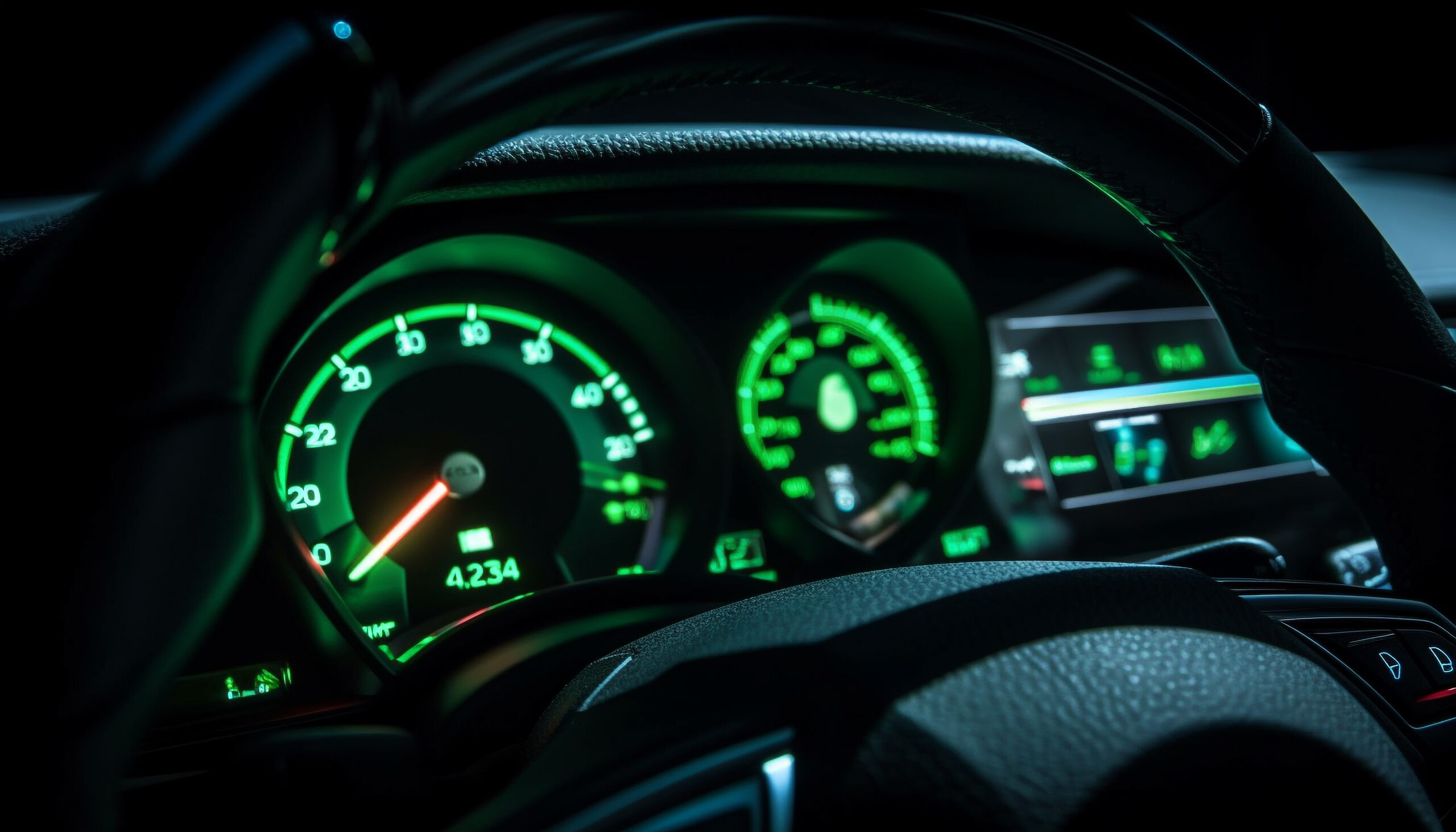When purchasing a second-hand car in South Africa, it is essential to thoroughly inspect the electrical wiring and components to ensure their proper functioning. The electrical system plays a crucial role in various aspects of the vehicle, including ignition, lighting, entertainment, and safety features. In this article, we will provide you with tips for checking the electrical wiring and components of a second-hand car, helping you make an informed decision and avoid potential issues down the road.
- Conduct a Visual Inspection:
Begin by visually inspecting the electrical components and wiring. Look for any loose connections, frayed wires, or signs of damage such as burn marks or melted insulation. Pay attention to the fuse box, battery terminals, and connectors to ensure they are clean and free from corrosion.
- Test the Battery:
A healthy battery is vital for the proper functioning of the electrical system. Test the battery voltage using a multimeter. A fully charged battery should read around 12.6 volts. If the voltage is significantly lower or fluctuates, it may indicate a weak or faulty battery that may require replacement.
- Check Lighting and Signals:
Test all the lights, including headlights, taillights, brake lights, turn signals, and interior lights. Make sure they illuminate correctly and are not dim or flickering. Check the fog lights, hazard lights, and high beams as well. Malfunctioning lights may indicate issues with the wiring or bulbs.
- Test Power Windows and Locks:
Operate all power windows and door locks multiple times to ensure they work smoothly and without hesitation. Listen for any unusual sounds or grinding noises that may suggest motor or wiring problems.
- Inspect the Dashboard:
Examine the dashboard for warning lights and indicators. Start the car and make sure all dashboard lights illuminate, and none remain permanently on, which could indicate an electrical fault. Additionally, test the functionality of the instrument cluster, speedometer, fuel gauge, and other controls.
- Test the Audio and Infotainment System:
Check the functionality of the audio system, including the radio, CD player, Bluetooth connectivity, and speakers. Ensure that the controls and touchscreen (if applicable) are responsive and that all audio sources function properly.
- Test the Climate Control System:
Verify the functionality of the heating, ventilation, and air conditioning (HVAC) system. Test the different settings and fan speeds to ensure the air blows cold and hot as expected. Listen for any unusual noises, such as rattling or squealing, which may indicate issues with the blower motor or related components.
- Test Power Outlets and Charging Ports:
If the vehicle is equipped with power outlets or USB charging ports, test them to ensure they provide a consistent power supply. Connect a device to each port to confirm proper charging functionality.
- Seek Professional Assistance:
Consider having a qualified mechanic or auto electrician inspect the electrical system thoroughly. They have the expertise to identify potential electrical issues that may not be apparent during a visual inspection. They can also diagnose any underlying problems and provide a comprehensive assessment of the car’s electrical health.
Checking the electrical wiring and components of a second-hand car is essential to ensure its reliability and functionality. By conducting a visual inspection, testing the battery, lights, power windows, locks, audio system, climate control, and seeking professional assistance, you can identify any electrical issues before making a purchase. Remember, a thorough inspection will help you make an informed decision and ensure a safe and trouble-free driving experience in your second-hand car in South Africa.











